-
Posts
265 -
Joined
-
Last visited
Content Type
Forums
Detector Prospector Home
Detector Database
Downloads
Posts posted by ALEXANDRE TARTAR
-
-
-
-
4 minutes ago, palzynski said:
The depth performances of a VLF increases while the ground mineralization decreases. Better explained this way ...
It is the same thing for a PI but with low dimiunutions for the high-end.
-
7 minutes ago, palzynski said:
From a video that I saw it was a Manta if I remember well , it was able to detect a 2euros coin at 50cm ( 20inches) in wet sand of a sea beach , this test was done on a beach of Northern France . With a VLF such a coin is taken at max 30cm ( 12inches ) in moderated mineralized ground from my own tests . So you mean that a PI like the AQ could not go deeper than 30cm on such a big coin in moderated mineralized ground ?
I would be quite surprised with this because a VLF works exactly the opposite way, the depth performances of a VLF decreases while the ground mineralization increases. Nevertheless I have no real experience of PI prospectng apart a few tests done years ago with a GPX4500 , you know better than me on this subject … Thanks for your answer again ...
No it is the opposite the more it is mineralized the more difficult it is.
But on the video you are talking about it is not very difficult for the PI, we do not consider this to be very mineralized.
But do not expect to detect the 2 euro coin more deeply.
It would take much stronger mineralization or magnetic soil to lose a few inches.
-
1 minute ago, Porky said:
Understanding that this detector is designed primarily for saltwater detecting, how will it perform in freshwater?
Even better since it has no technological limitation in this type of environment....
-
In France it takes 1200 euros.
-
Note that the TDI PULSESCAN no longer exists
-
59 minutes ago, UtahRich said:
Hello Alexandre,
You have been using the Impulse for a good amount of time now and are certainly having success with it and have the most amount of testing time.
I watched / listened to the latest Video on the Impulse from December hoping to hear more of the audio responses. As you are recovering the corroding 5, 2 and 1 cent Euro coins, are you able to distinguish a difference in the audio report when compared to a clean gold ring ? The US cent that is copper plated zinc corrodes away quickly and falls down into the mid-conductor range.
I am wondering if there is any audio help for us as we carefully listen to a signal.
Second question. I live not far from a high salinity lake bed. (Great Salt Lake) How would you anticipate performance of the Impulse AQ in an area with a very high wet salt content ?
UtahRich
I will be making videos in the coming weeks.
For your Great Salt Lake, unfortunately I don't have the answer.
I think there must be so many different cases... -
7 hours ago, vive equinox said:
I would like to come back to the brown euros. I didn't really understand .. these coins rot very quickly on the beach. And even in good condition they are not in the conductivity range of pulltab, with a nox they have a ferrous sound.
Alexander, you say we can reject them but losing a 25 gr ring 18k. ok anyway these rings are quite rare.
can we reject them and keep the rings from 2gr to 15 gr ?
If I am in an area full of these coins, in reject mode, Impulse can see through to detect a ring underneath them? What is the exact rejection setting to reject them? 6,7,8 .. ??
thank you
Yes for 9k 10k 14k 18k, no problem
-
I've been thinking about it for a while, however to reach low prices it would only be ALL METAL. No magnetic ground effect compensation. I also drew it completely. It would of course have all the settings ... delay, freq, volume, threshold etc ... a waterproof version 60 meters
-
For information Manta was 4 years ago.
There have been a lot of things done since ! 😉
The biggest technological advances were made in 2019, if I look back on the past 10 years for me and for Le.Jag when we dicuss together.
-
On 1/9/2020 at 6:38 PM, Mike Hillis said:
hmmmm.
How small of an item can I go down to with 7 ns pulse delay?
HH
Mike
I have already found a ring of 22k 0.3 grs
I think 0.2grs 18k and 0.1grs 14K
The chains in 18k it depends on the size of the mesh
In 14K it's much easier but here we don't have any, it's only 18k -
Many PIs, BBS, VLF of all types have given up, there are not really detectors that have shown themselves to be brilliant.
The good mastery and experience of the prospectors meant that they were able to score more points.Count of correct answers: ferrous targets + 1pt / gold targets + 3pts.
Counting the wrong answers -1pt. -
Count of correct answers: ferrous targets + 1pt / gold targets + 3pts.
Counting the wrong answers -1pt.Note : Those who did not answer scored more points than those who were convinced
6 squares of 1 meter x 1 meter
Each square containing 10 boxes.Possibility on each square to have 0 or 1 or 2 or 3 targets
Indicate whether there is a gold or iron target or a ground effect or iron mixed with gold, or nothing at all and do this for each of the boxes of all the squares.
Advantages :
- Impossible to lie
- Impossible to guess by chance (millions of possibilities)
- allows to compare the detectors on all the difficulties encountered.
- allows to perform depth tests simultaneously.STATISTIC FILE HERE
*****************
https://www.casimages.com/f/G3SvyFRmCSb
*****************
There were 66 prospectors, and 48 prospectors abandoned.
-
HOW MAKE A SERIOUS COMPARATIVE TESTS PROCEDURE
First rule Blind tests are mandatory to be serious.
Second rule if you do not agree refer to rule number 1 😊
The purpose of this playground, and not to take into account the feeling of the prospector. It is too easy for a participant to indicate that he is correctly detecting the target. But in general he does not detect it or he thinks to detect it. It often detects a ground effect.
During our long experience and our meetings with prospectors at the beach, we realized that the prospector was often influenced by the pride placed in his detector. This is why we have implemented this drastic and non-falsifiable comparative tests procedure.
Of course for this test you have to be 2 people.
A person who hides targets and a person who tries to find them. The depth tests can be done simultaneously.It is obvious that here are static tests. The reality is even more difficult! See for yourself the catastrophic results ....
Document here :
*******************************
https://www.casimages.com/f/qyqU0eUlCSb
*******************************
-
-
ABOUT "REJECT SETTING"
The rip current phenomenon leaves areas hollowed out by the sea behind.
These areas are often more polluted because it concentrates targets of all types.

I had the opportunity to do statistical tests in TONE mode.
THE goal was to hear ferrous and non-ferrous.
And better if possible to see how many holes contained ferrous and non-ferrous simultaneously!The IMPULSE Series is equipped of that I called ZTS® technology, the latter focuses on low conductors such as gold but also the high gold conductors.
The ZTS® system eliminates the need for recovery speed.
We do not detect next to iron but in the iron and under the iron !
At the beach in a polluted zone (rip currents zone) this technology allows to find up to 30% more targets mixed with a ferrous.
Finding done on 450 holes in TONE MODE in a beach rip currents polluted area.
The ZTS® system is effective in TONE or MUTE mode, unlike the other competitor the loss of sensitivity is minimal compared to ALL-METAL mode.
**********************
**********************
This advantage can be significant depending on the situation where no other detector can detect.
Example here at the bank of the Thames in London ...

**************************
**************************
-
33 minutes ago, Luis said:
even if they are rotten alexander?
Between 7µs and 8µs cutting the 5c, 2c and 1c requires increasing the reject a little more, but from 8µs included the rejection is set at 50% and gives a multitone sound.
If you cut the 5c, 2c and 1c you will lose beyond 18K 25 grs depending on the diameters.
However the 14K is not rejected. And of course below this weight in 18k it is not rejected either.Discrimination is an advantage in polluted areas even on a BBS, but it must be used with intelligence.
In addition you will detect gold and iron at the same time, and it continues to detect gold.
-
4 hours ago, palzynski said:
Hi , yes I agree with Luis , tiny bits of iron like the euro 5cent above and very small nails will not be rejected by the AQ if I understand well. Could you confirm this alexandre , because those very small nails/bits of iron are not shown in your diagram. Thanks … Alain
The small iron is rejected and makes a double beep, but the coins with a layer of copper like the 5c no.
-
8 minutes ago, okara gold said:
Alexandre... Your chart is very encouraging!
So... In All Metal mode 10K rings will be detected along with everything else.
By using some amount of discrimination, can 10K rings still be detected?
Merci !
If the carat is low, it will be easy to detect in all modes.
If the carat is high and the jewelry is heavy (24K and> 4grs) then it will be difficult not to reject it and continue to reject ferrous in the same time. -
All these targets were found at the IMPULSE by me or Le.Jag
As a rule, I keep only the targets whose conductivity I don't yet have. -
-
-
10 minutes ago, Steve Herschbach said:
The reason I ask is some PI detectors like the TDI are not regulated and so people try and get more depth by applying more power.... at the risk of electronic failure of course.
Yes it is true, and in general the capacitors does not hold the shock because they have for several detectors voltages of 16V.
Raising the voltage causes the current to rise slightly and causes the flyback to rise, and since the mosfets are not designed for this, they go off in an avalanche and are very hot or burn. In addition it lengthens the damping and requires a longer pulse delay.The improvement is not very complicated on these detectors but requires good fundamental knowledge.

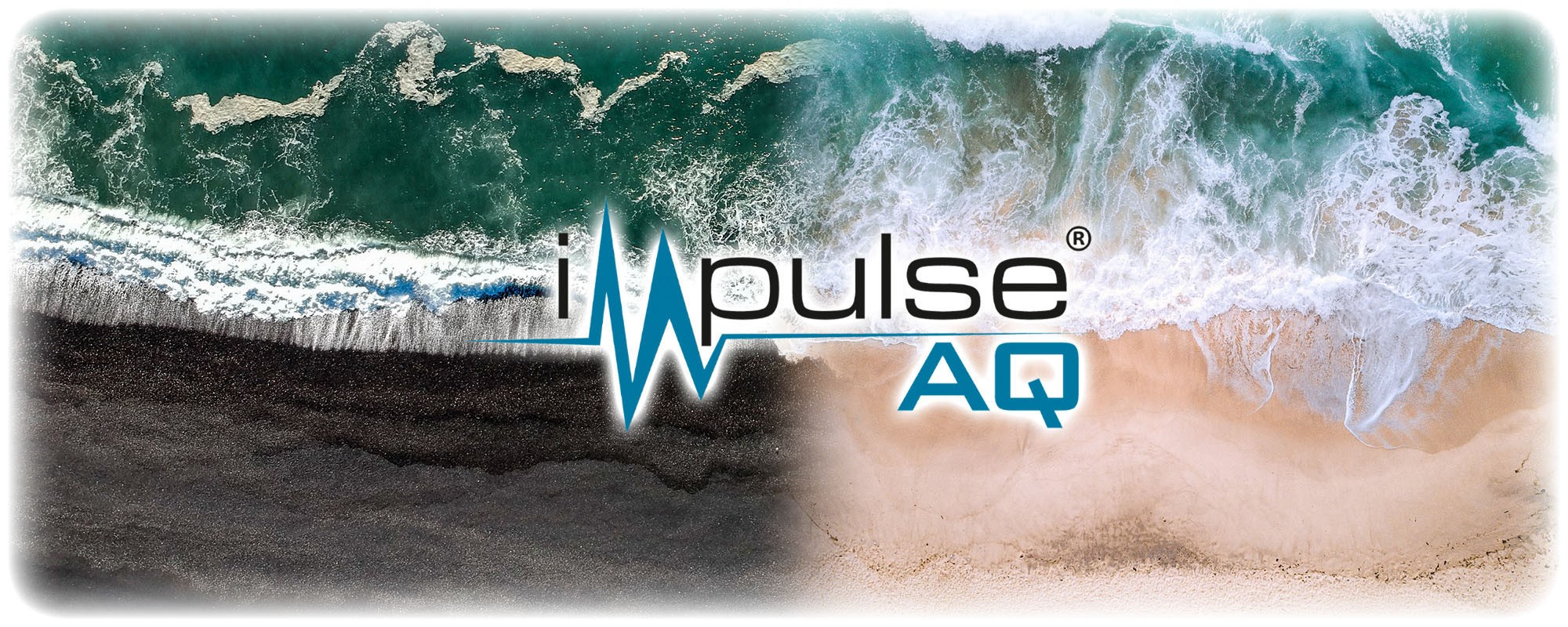
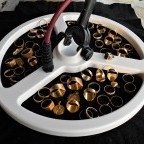
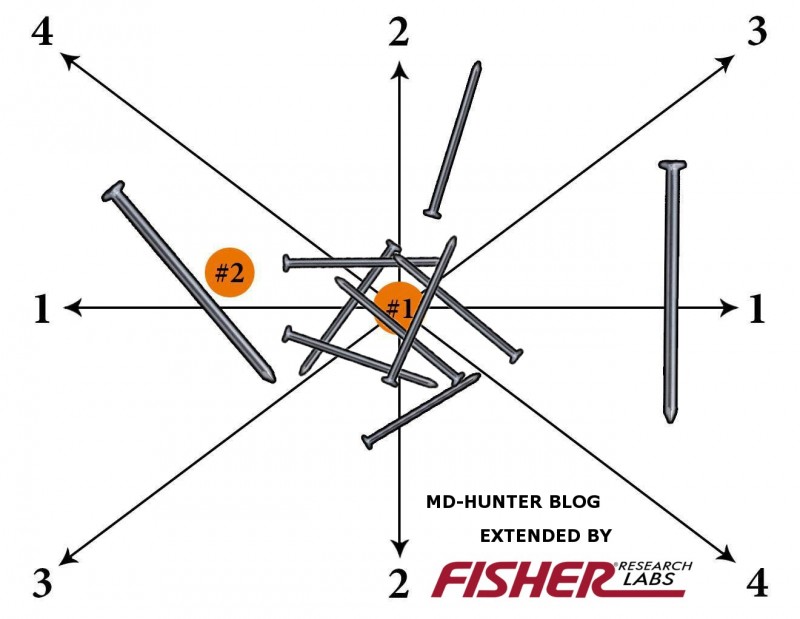
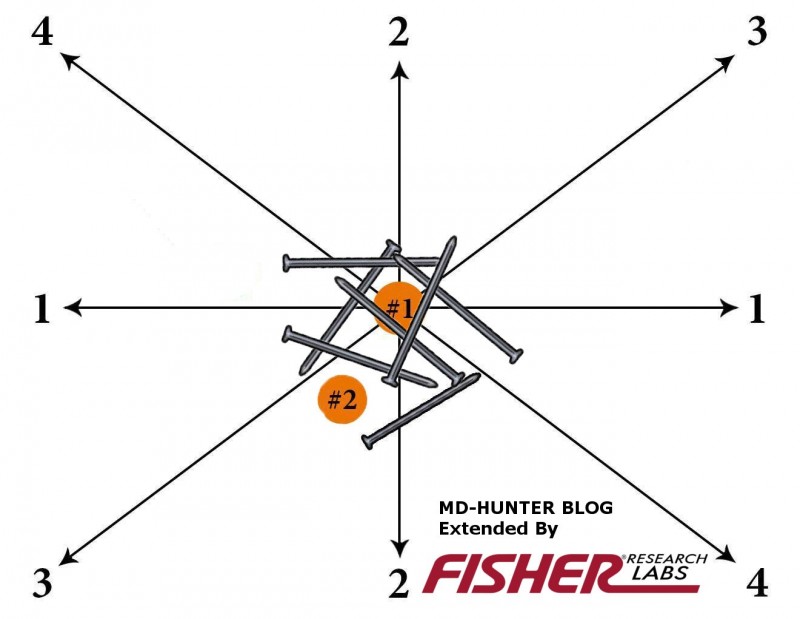
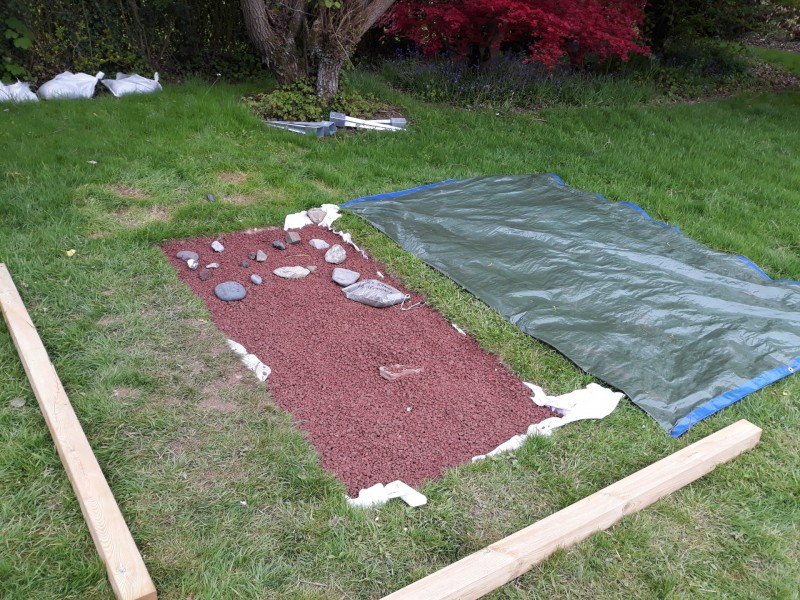
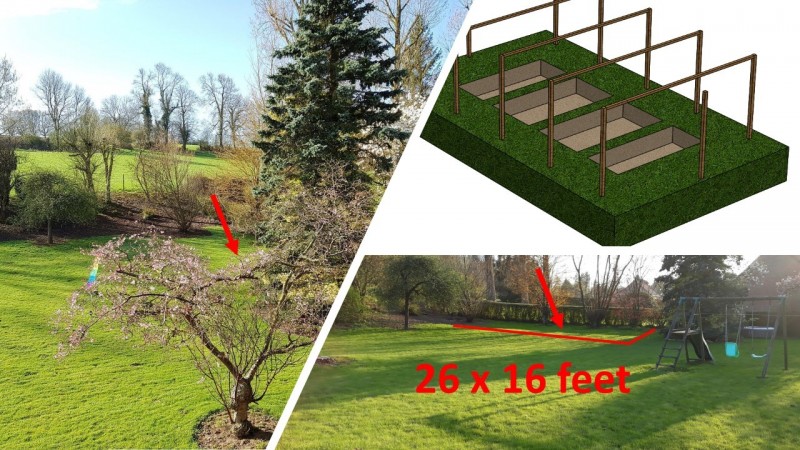
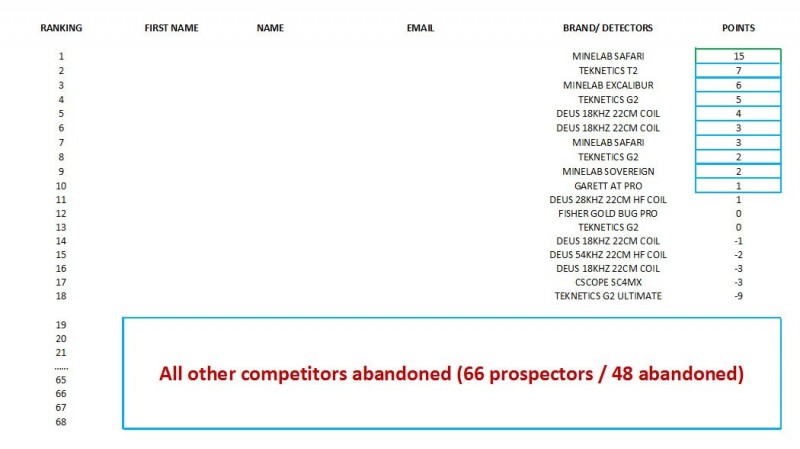
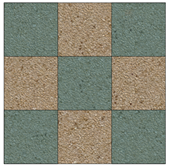
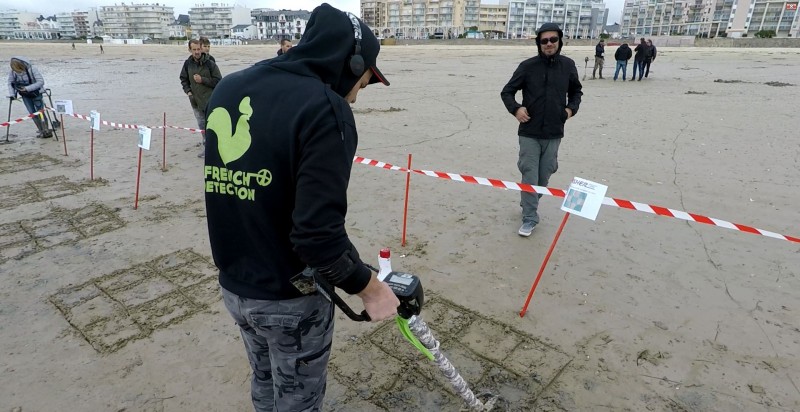

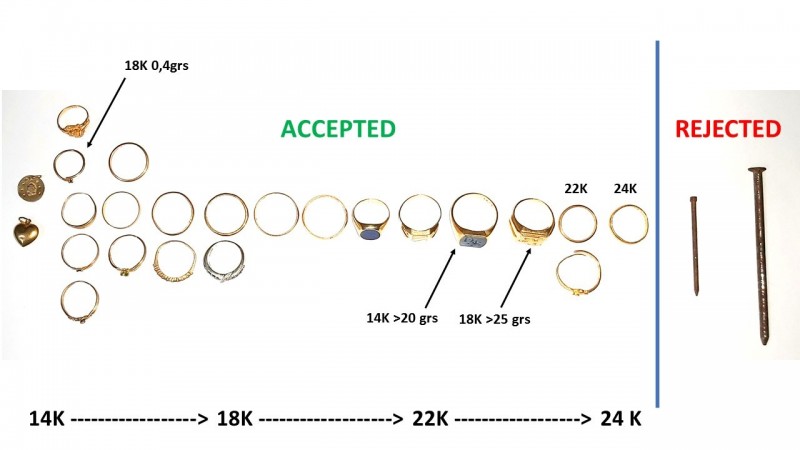
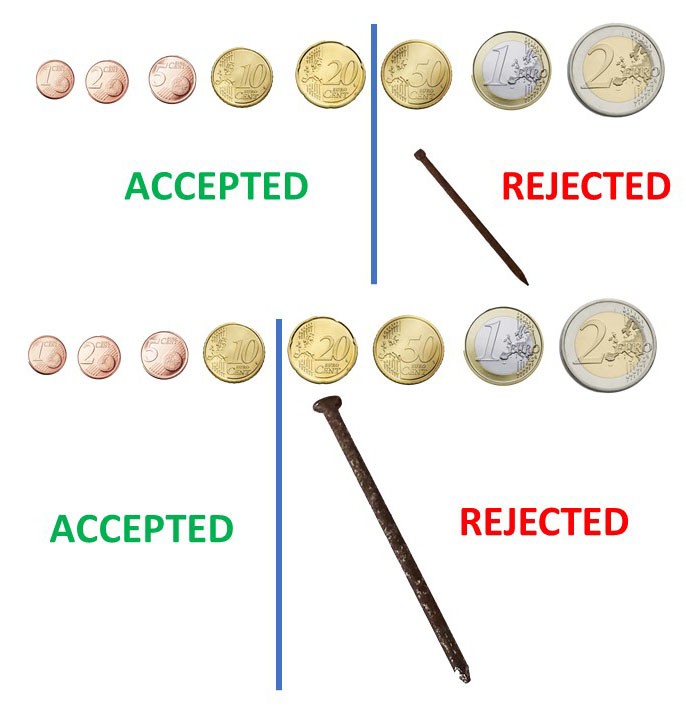
Fisher Impulse AQ Discrimination Explanation
in First Texas - Bounty Hunter, Fisher & Teknetics
Posted
Yes It's due to the pulse delay, and the noise signal ratio, the thermal stability...
This implies a physical mastery of materials, coil,board, layout, each track must be calculated to avoid jumps of magnetic fields....
When I lower the pulse delay to 2.2µs with the same coil current (not applicable to the range in salt water), at the output of the preamp I have 10 times more sensitivity (signal / noise) than today.
And at that moment you know that no other detectors will beat you up for the moment 😉